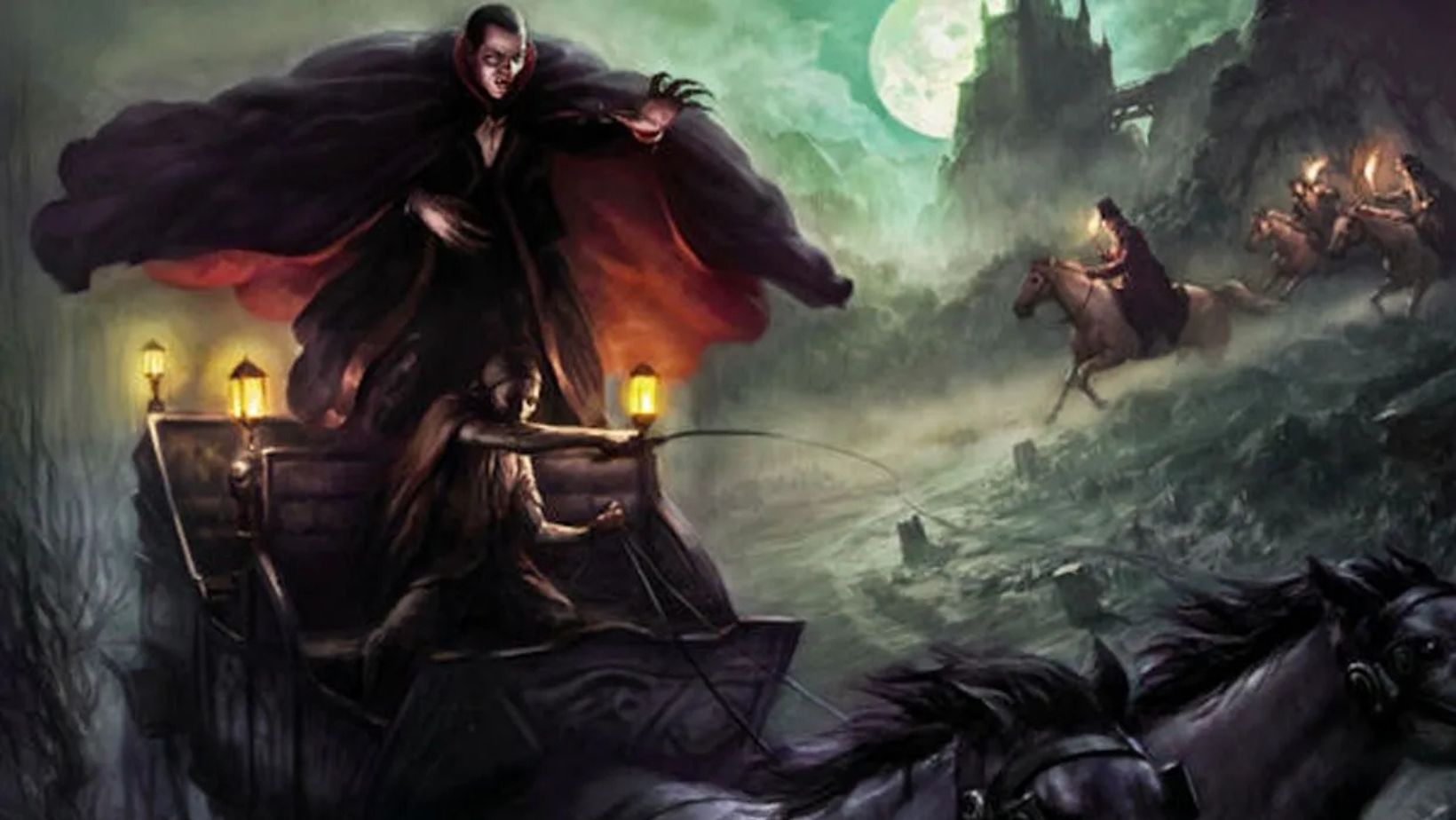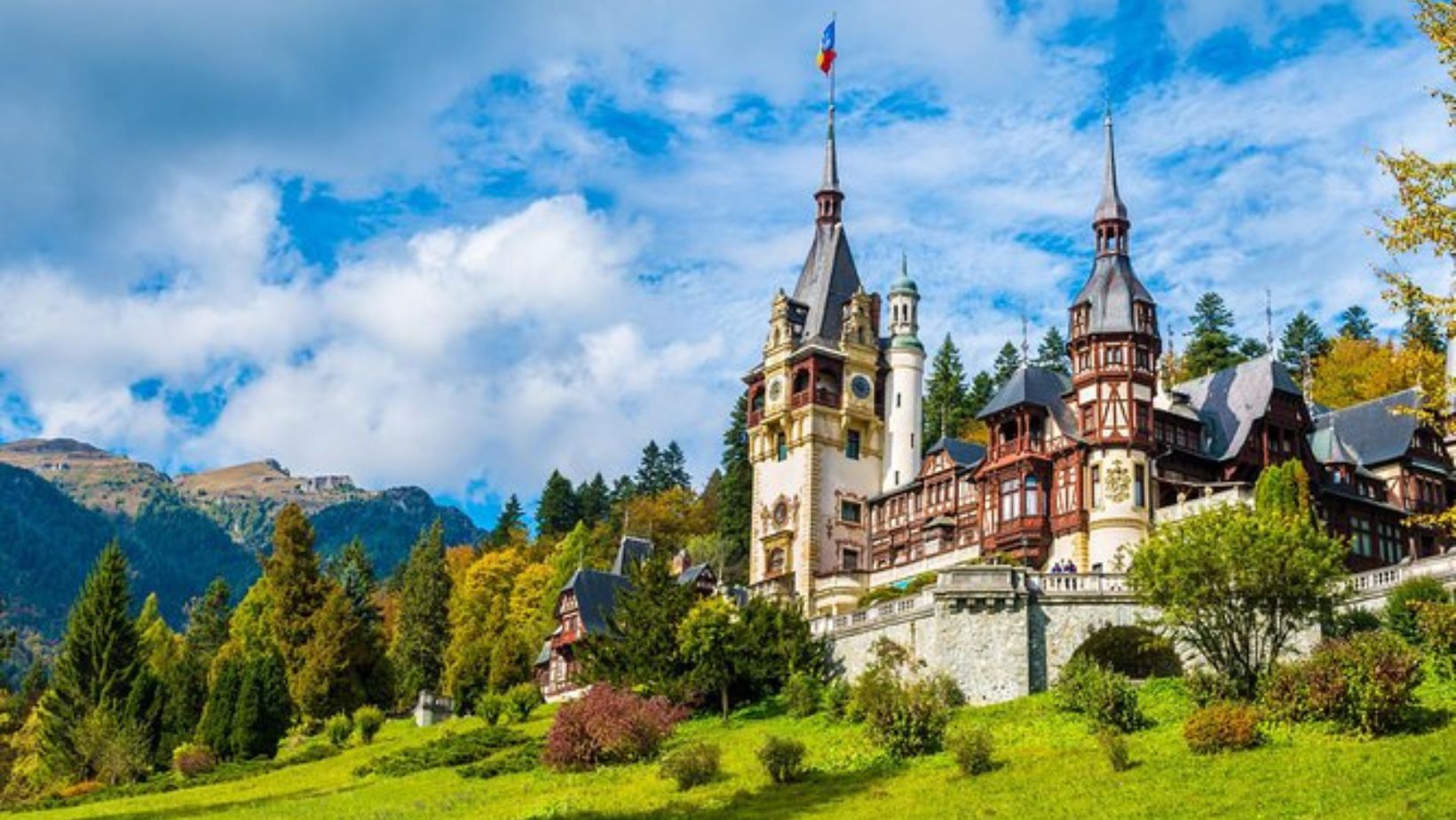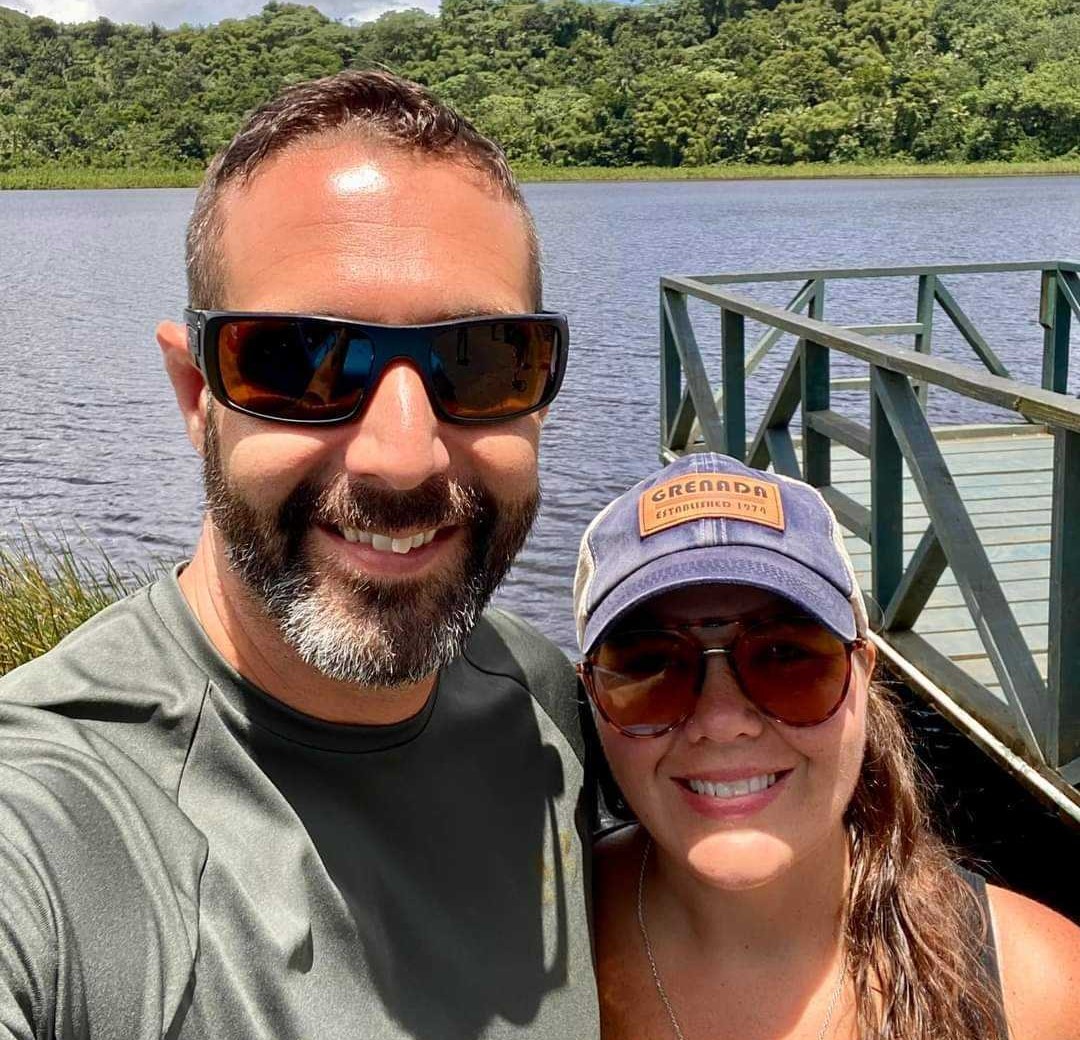Transylvania—an enchanting land filled with mystery, legend, and breathtaking landscapes. Nestled in the heart of Romania, this region is known for its medieval castles, dark forests, Transylvania Tales and rolling hills. It’s a place where history comes alive through its ancient villages and fortified churches. But beyond its picturesque charm lies an air of mystery, fueled by centuries-old myths and tales of vampires and lost treasures. Transylvania’s rich history, from Roman conquerors to the grandeur of the Austro-Hungarian Empire, makes it a unique blend of cultures. Step into this enigmatic beauty, where the past and the unknown seamlessly intertwine.
The Legends of Dracula: Transylvania’s Most Famous Tale

The Dracula legend, rooted in Transylvania, has captivated the world for centuries. It is most famously associated with Bram Stoker’s 1897 novel, Dracula, which introduced Count Dracula as the iconic vampire. However, the tale draws inspiration from real historical figures, notably Vlad the Impaler, a 15th-century ruler of Wallachia. Vlad was known for his brutal methods of punishment, particularly impaling his enemies, which earned him a reputation that would later become intertwined with the Dracula myth.
Vlad the Impaler’s connection to the Dracula legend lies in his nickname, “Dracula,” meaning “son of the dragon.” This reference ties to his father, Vlad II, who was a member of the Order of the Dragon, a group dedicated to defending Christendom. The real Vlad’s cruelty and the fear he instilled in his enemies helped fuel the supernatural myth that Stoker would later transform into a vampire story.
The legend of Dracula endures worldwide due to its blend of historical intrigue and supernatural horror. Stoker’s novel was not only influenced by real events but also by the mysterious and eerie atmosphere of Transylvania. Over time, the figure of Dracula has evolved, becoming a symbol of dark romance and timeless fear. This lasting global fascination keeps the Dracula legend alive in books, movies, and folklore.
Bran Castle, Transylvania Tales: The Heart of Dracula’s Myth
Bran Castle, located in Romania, is often linked to the legendary vampire, Dracula. This association stems from Bram Stoker’s famous novel, where the fictional character Count Dracula is said to have lived. The castle’s dramatic architecture and its position on a hill make it a perfect backdrop for Stoker’s eerie tale. While there is no evidence that Stoker had Bran Castle in mind, the connections with Dracula have made it a popular tourist destination.
The history of Bran Castle dates back to the 14th century. It was originally built to defend the strategically important mountain pass against invading forces. Over the centuries, it served various purposes, including as a royal residence. Its medieval charm and dark history have made it a symbol of Romania’s folklore.
Today, Bran Castle attracts visitors from around the world. Tourists flock to explore its Gothic rooms, towers, and scenic surroundings. Special tours focus on its Dracula connections, offering a glimpse into the myth’s origins. The castle has become a major tourist landmark, contributing to Romania’s tourism industry.
Peleș Castle, Transylvania Tales: A Royal Masterpiece in the Carpathians
Peleș Castle, nestled in the Carpathian Mountains of Romania, is a stunning example of architectural grandeur. Completed in 1914, this Neo-Renaissance castle was built for King Carol I, showcasing intricate woodwork, stained glass, and lavish interiors. The design blends Gothic, Renaissance, and Baroque elements, creating a unique and majestic structure. Each room reflects the opulence of the royal family, with details that highlight both artistic craftsmanship and comfort.
As a royal residence, Peleș Castle holds great historical significance. It was the home of the Romanian royal family for many years, serving as a summer retreat. The castle became a symbol of Romania’s prosperity during the late 19th and early 20th centuries. Today, it stands as a national treasure and a popular tourist destination, attracting visitors from all over the world.
Beyond its beauty, Peleș Castle played a key role in the country’s history. It hosted important events and foreign dignitaries, further solidifying its status as a royal symbol. The castle’s connection to Romanian heritage makes it an enduring testament to the nation’s royal past.
Corvin Castle, Transylvania Tales: A Gothic Fortress Steeped in Mystery
Corvin Castle, also known as Hunyadi Castle, is a Gothic masterpiece located in Transylvania, Romania. The castle is shrouded in mystery, with numerous myths and legends that add to its allure. One of the most famous tales involves Vlad the Impaler, also known as Dracula, who is said to have been imprisoned here. While there’s no evidence he was held at Corvin Castle, the association with his dark legacy has fueled many local stories. Transylvania Tales
Built in the 15th century, Corvin Castle was designed as a formidable stronghold. It was constructed by John Hunyadi, a Hungarian military leader, to defend against invaders. The castle’s imposing towers, drawbridges, and defensive walls make it a symbol of medieval fortification. Over the centuries, it played a key role in the region’s defense, resisting both Ottoman and Hungarian forces. Transylvania Tales
Today, Corvin Castle remains one of Romania’s most visited attractions. Its blend of history, architecture, and legends continues to captivate tourists from around the world. The myths surrounding its past, including tales of ghosts and hidden treasures, ensure its place as a hauntingly beautiful historical landmark. Transylvania Tales
Râșnov Fortress, Transylvania Tales: A Hilltop Guardian of Transylvanian Tales
Râșnov Fortress, perched atop a hill in Transylvania, has stood as a silent guardian for centuries. Built in the 14th century to protect the region from invading forces, it played a key role in the defense of the area. The fortress’ strategic location allowed its inhabitants to monitor surrounding lands and withstand attacks. Its thick stone walls, watchtowers, and fortified gates were crucial in its defense strategy. Transylvania Tales
The fortress also had a complex defense system, featuring a deep ditch, drawbridges, and fortified gates. These were designed to prevent invaders from breaching the walls. Over the years, the fortress endured sieges but remained a symbol of resilience. Its strength was key to protecting the people of Râșnov from both Ottoman and Hungarian forces.
Local legends surround the fortress, adding an air of mystery to its already impressive history. One legend tells of a princess locked in the fortress, whose tears formed a river that led to salvation. Another speaks of hidden treasure, buried somewhere within its walls. These tales continue to captivate visitors, blending history with myth.
The Curse of the Black Prince, Transylvania Tales: A Legend of the Carpathians

The Black Prince is a chilling legend rooted in the Carpathian Mountains. According to local tales, he was a noble who fell victim to betrayal, casting a dark curse on the land. His ghost is said to haunt Transylvania, riding a shadowy steed under the pale moon. This tale weaves sorrow and mystery into the region’s already gothic reputation.
The curse stems from his tragic death at the hands of rivals. As the story goes, his dying words promised doom to anyone who disturbed his resting place. Locals claim that strange events—disappearing livestock and eerie cries—are signs of the curse at work. His legend is deeply tied to Transylvania’s eerie allure and gothic folklore. Transylvania Tales
Tourists flock to the Carpathians, drawn by the legend of the Black Prince. His story, though tragic, is a key part of the region’s cultural identity. It complements Transylvania’s mystique, famously associated with Dracula. These layers of haunting tales create an irresistible draw for adventurers and historians alike. Transylvania Tales
The tale of the Black Prince endures through oral tradition and modern retellings. It serves as a reminder of the Carpathians’ rich folklore. Each retelling deepens the mystery and enshrines the legend further. The story lingers, much like the prince’s restless spirit.
The Secrets of Poenari Castle, Transylvania Tales: The True Castle of Dracula
Poenari Castle, perched on a cliff in Romania, is often overshadowed by Bran Castle. Unlike Bran, Poenari has a direct connection to Vlad the Impaler, the real-life inspiration for Dracula. Vlad used the fortress as a strategic stronghold during his reign in the 15th century. It served as a key defense point in battles against the Ottomans.
The castle was partially built by previous rulers, but Vlad strengthened it. Legend says he forced nobles who betrayed him to rebuild the fortress. This act solidified its reputation as a place of both historical and eerie significance. Today, its ruins hold stories of resilience and bloodshed. Transylvania Tales
Poenari played a pivotal role in Transylvanian history. It symbolized Vlad’s efforts to protect Wallachia from invasions. Though now in ruins, the castle remains a symbol of his authority. Visitors can climb its 1,480 steps to explore its haunting remains.
Unlike the fictionalized Bran Castle, Poenari offers a true glimpse into Vlad’s life. It’s a quieter, less commercialized site but rich in history. For those seeking the real Dracula’s castle, Poenari provides a fascinating and authentic experience. Its location and legends make it unforgettable. Transylvania Tales
Transylvania’s Haunted Forests: Mystical and Supernatural Beliefs
Transylvania’s forests are steeped in eerie folklore. Hoia Baciu, often called the “Bermuda Triangle of Transylvania,” is a hotspot for supernatural tales. Locals speak of strange lights, ghostly apparitions, and whispers in the woods. Visitors report feelings of unease and even unexplained physical symptoms. Transylvania Tales
Folklore ties these forests to ancient Dacian traditions. The Dacians, who once inhabited Transylvania, viewed forests as sacred and connected to otherworldly realms. Rituals honoring spirits of nature were common in these areas. Over time, these beliefs merged with tales of witches, vampires, and curses. Transylvania Tales
Supernatural events reported in these forests fuel their haunted reputation. People claim to see UFOs and experience time distortions in Hoia Baciu. Ghost stories tied to nearby villages add to the mystery. Legends also tell of travelers who vanish without a trace.
These forests reflect the deep connection between nature and the unknown. They embody a mix of ancient spirituality and modern paranormal intrigue. For locals, they’re both revered and feared. For visitors, they offer a chilling glimpse into the mystical side of Transylvania. Transylvania Tales
Exploring Transylvania Today: Castles, Legends, and Tourism

Transylvania is a treasure trove of history and legend, drawing visitors from around the globe. Its iconic castles, like Bran Castle and Corvin Castle, offer glimpses into medieval life. Bran Castle, often linked to the Dracula legend, provides a mix of Gothic architecture and eerie allure. Corvin Castle enchants with its impressive design and tales of imprisonment and bravery.
Folklore adds a magical layer to Transylvania’s appeal. Legends of vampires, werewolves, and spirits captivate curious travelers. Guided tours often weave these stories with historical facts, creating a unique cultural experience. Visitors can also explore traditional villages where ancient customs thrive.
Tourism in Transylvania blends history, culture, and legend seamlessly. Hiking in the Carpathian Mountains reveals breathtaking landscapes alongside tales of haunted forests. Events like the Dracula Festival celebrate the region’s myths with theatrical performances and parties. Local markets offer authentic crafts, bringing home a piece of the culture.
Transylvania’s charm lies in its rich tapestry of the past and present. Travelers can step into medieval times through castles while enjoying modern amenities. Legends, preserved in storytelling and festivals, keep its mystical allure alive. For those seeking adventure and culture, Transylvania is a dream destination.
Conclusion: Transylvania Tales
Transylvania’s legends and castles continue to captivate the imagination of travelers and historians alike. Its association with Dracula, Gothic architecture, and medieval heritage ensures its place as a symbol of mystery and intrigue. The region’s blend of myth and history draws visitors seeking to explore its atmospheric castles, such as Bran and Corvin, and its rich folklore. Beyond the legends, Transylvania’s natural beauty and cultural legacy contribute to its enduring charm. As modern interest in its tales grows, this enigmatic region remains a timeless destination, offering a unique glimpse into a world where history and myth intertwine seamlessly.
FAQs
What is the historical significance of Transylvania beyond its association with Dracula?
Transylvania has a rich history as a cultural melting pot due to its location at the crossroads of Europe. It was home to Saxons, Hungarians, and Romanians, which influenced its architecture, folklore, and traditions. It also played key roles in various empires, including the Austro-Hungarian and Ottoman.
Are there lesser-known castles in Transylvania worth visiting?
Yes, while Bran Castle and Corvin Castle are famous, there are hidden gems like Banffy Castle, often called the “Versailles of Transylvania,” and the ruins of Poenari Fortress, linked to Vlad the Impaler. These offer unique stories and breathtaking views.
How has modern tourism impacted Transylvania’s historical sites and legends?
Modern tourism has revitalized interest in preserving castles and legends. However, increased footfall sometimes strains the infrastructure. Efforts are underway to balance conservation with accessibility through sustainable tourism practices.
Are Transylvanian legends rooted in specific historical events or figures?
Many legends, like Dracula, draw from historical figures such as Vlad the Impaler, whose life inspired Bram Stoker’s fictional count. Others, like the tales of haunted castles or mythical creatures, stem from a blend of medieval superstitions and local folklore.
What makes Transylvanian castles architecturally unique compared to other European castles?
Transylvanian castles combine Gothic, Renaissance, and Baroque styles due to the region’s multicultural history. Their fortifications often reflect defensive priorities, such as thick walls and hidden passages, highlighting the region’s turbulent past.

